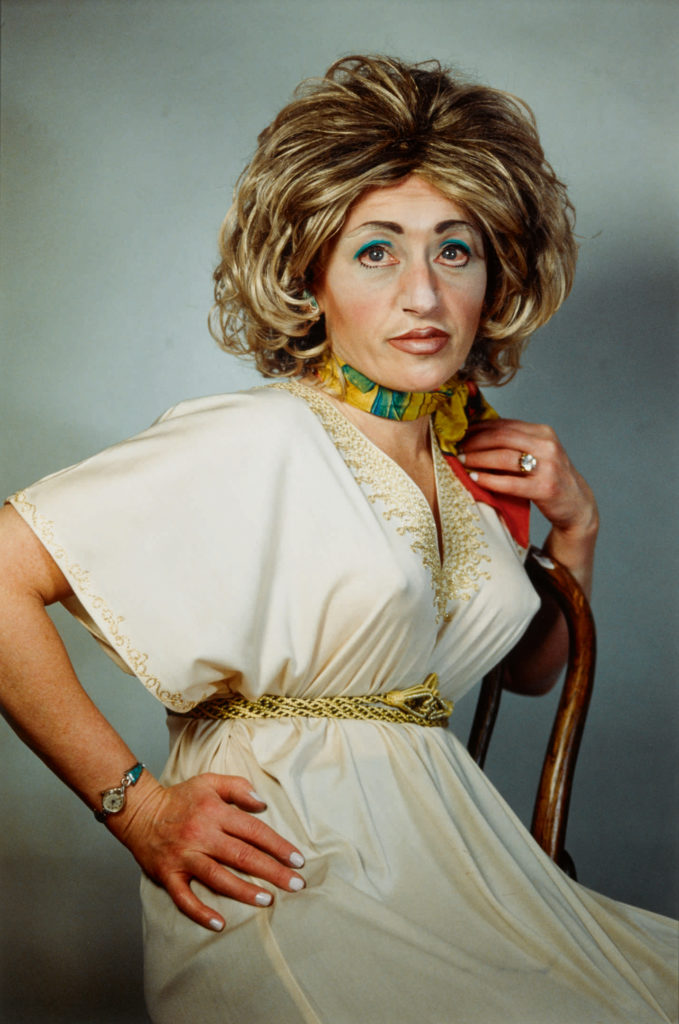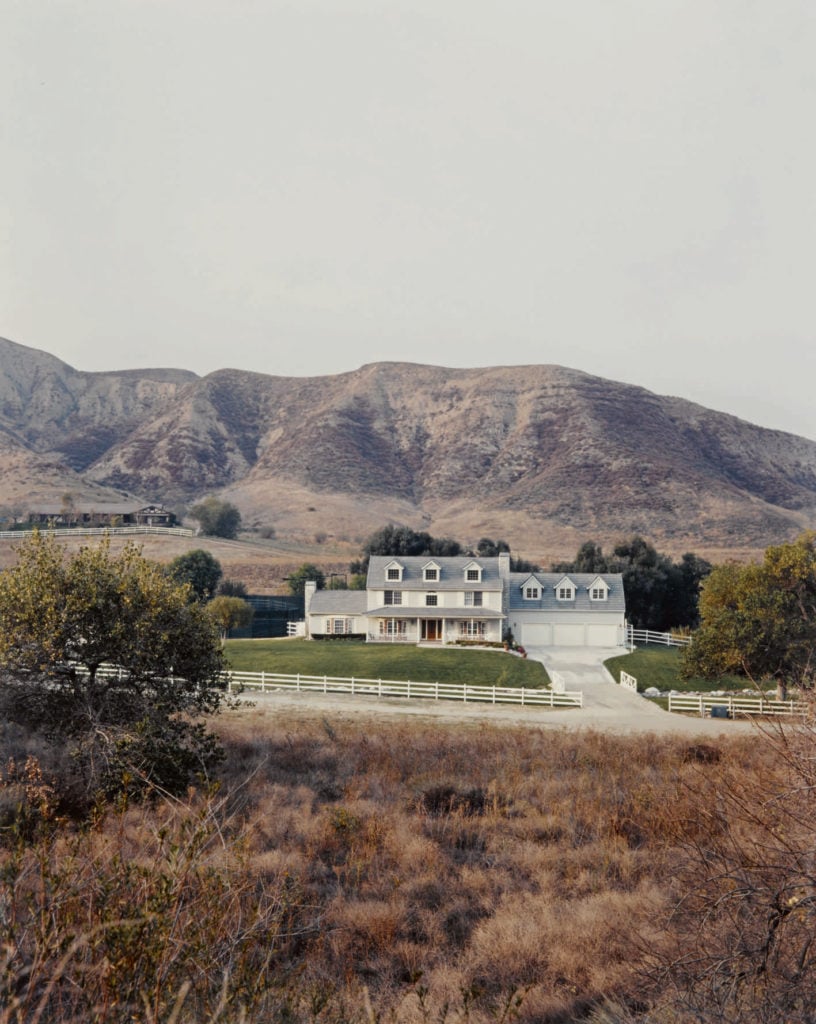Auctions
Sotheby’s Sees Decidedly Mixed Results in Its Debut Postwar and Contemporary Photo Sale
Philip-Lorca diCorcia and Thomas Struth sold big, but others underperformed.

Philip-Lorca diCorcia and Thomas Struth sold big, but others underperformed.

Eileen Kinsella

Sotheby’s photography sales typically offer works that date as far back as the 19th century and up to the present day. But on September 28, the house made its first attempt at a focused auction of just postwar and contemporary photographs, which realized $2.5 million with a presale estimate of $2.1 million to $3.2 million. The Ames Collection, featuring images from leading American and German photographers of the late 20th and early 21st centuries, accounted for $1.5 million of the total.
Seventy of the 93 total lots sold, or 75 percent. By value, the sale realized a stronger sell through rate of 83 percent, owing to the strong performance of a few individual lots.
Interest was “robust” for works by artists including Thomas Struth, Helena Almeida, and Kohei Yoshiyuki, said Emily Bierman, head of Sotheby’s photographs department in New York. The house also touted new records for Yoshiyuki, Chris McCaw, Clifford Ross, and Philip-Lorca diCorcia, though the impressive pricetag for the latter—$468,500—was for a rare complete series of 76 chromogenic prints, A Storybook Life. Kevin Moore bought the work on behalf of collector Nion McEvoy, founder of the McEvoy Foundation for the Arts, which will open in San Francisco next month.
Asked whether the house plans to hold this specialized sale on an ongoing basis, Bierman said in an email: “We are very happy with the performance of our inaugural sale. Based on yesterday’s results, we look forward to conducting more contemporary photographs auctions in the near future.”
The house’s regular photography sales will be held next week, on October 5.

Still from Philip-Lorca diCorcia’s A Storybook Life (1978-1999, printed in 2003). Courtesy of Sotheby’s.
Sales were a bit uneven overall. Sotheby’s noted a record for Norman Reedus, though this was inevitable since it was the artist’s debut at auction. Further, of the two works offered, one missed the low $5,000 estimate to sell for $4,375, while the other just made the low $5,000 estimate but included premium. Of the ten highest lots, five sold above the presale estimates, while five sold within. Cindy Sherman’s Untitled #400 (2000), depicting the artist dressed as an older over-tanned woman, just scraped by low expectations with a premium inclusive $50,000 (estimate: $50,000–$70,000), indicating that it hammered below expectations.
The next three highest prices were for works by Thomas Struth. His photograph of a Milan cathedral, Mailänder Dom (Fassade), Mailand (1998), sold for $456,500 on an estimate of $300,000 to $500,000, while the portrait Gerhard Richer 1, Köln (1993), sold for $81,250, clearing its $40,000 to $60,000 estimate, and West Broadway, New York, Tribeca (1978 and printed in 2000), which more than doubled its estimate to reach $68,750.
The sale also offered plenty of bargains for watchful shoppers, with several works selling far below their estimates, but still finding buyers, indicating that reserves—the undisclosed minimum selling price—had been dropped before the sale. Examples include two works by Laurie Simmons: The Instant Decorator (Red & White Kitchen) (2001), which sold for just $2,500 with an estimate of $6,000 to $9,000; and The Instant Decorator (Pink & Green Bedroom) (2002), which sold for $5,250 against the same estimate. Richard Misrach’s Desert Fire No. 248 (1995) sold for $4,000, below its $5,000 low estimate.
Among other works that performed well and exceeded expectations were David Hockney’s Sitting In The Zen Garden at The Ryoanji Temple Kyoto (1983), which sold for $37,500 (estimate: $15,000–$25,000), and Robert Polidori’s Vestibule, (73) AMI.01.009, Salles Empire, Aile du Midi – R.D.C., Versailles (1985), that sold for $50,000 (estimate: $20,000–$30,000).